The Risk-Based Approach
VerifiedAdded on 2022/10/10
|5
|914
|140
AI Summary
This document discusses the risk-based approach for managing ML/TF risks in the financial services industry. It explores the new ML/TF risks that might arise for a small regional Australian bank that introduces an online banking capability. It also discusses the possible changes to the financial services industry that may increase ML/TF risk and necessitate changes to controls. The document suggests various controls that can be implemented to manage the risks.
Contribute Materials
Your contribution can guide someone’s learning journey. Share your
documents today.
1 out of 5
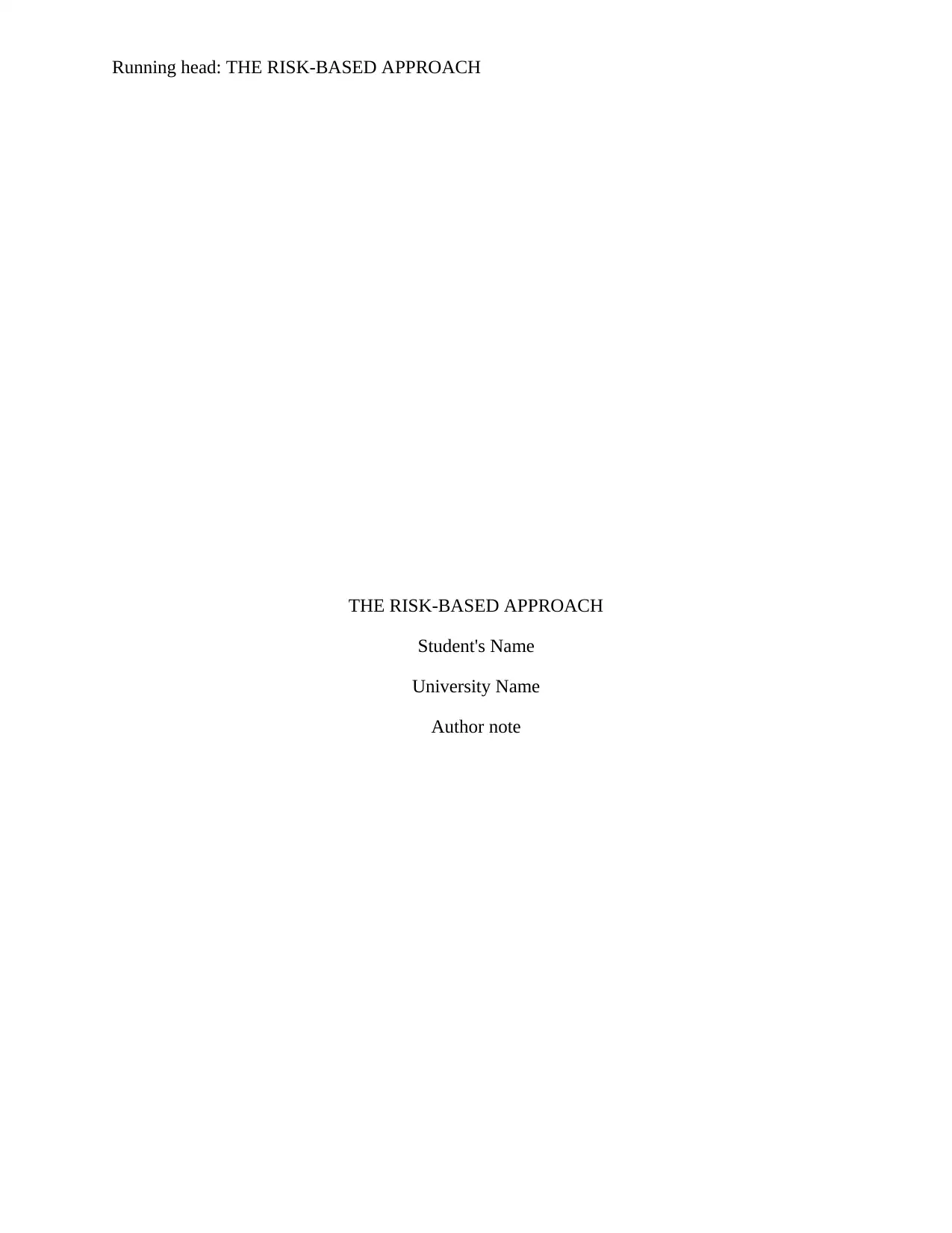
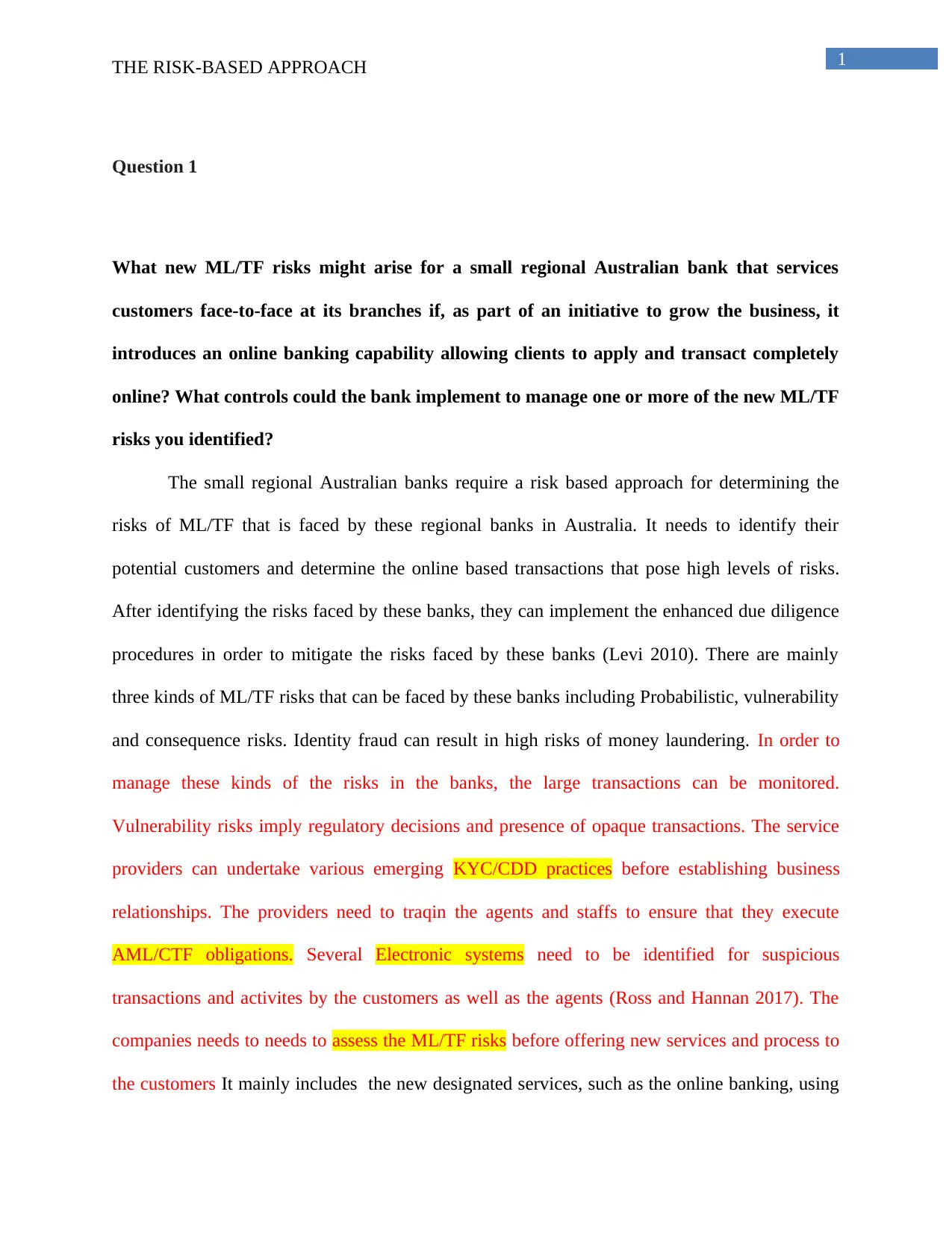
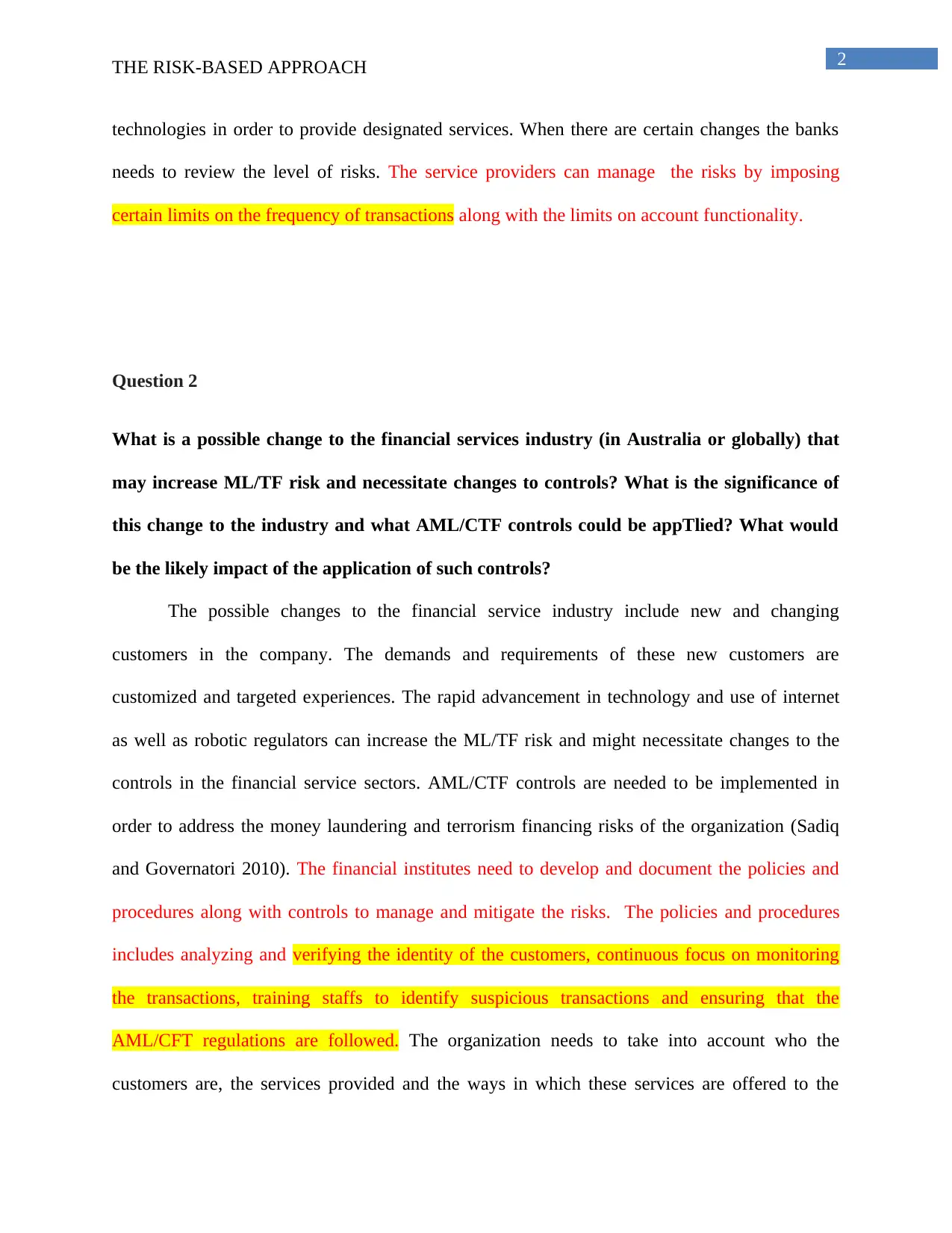
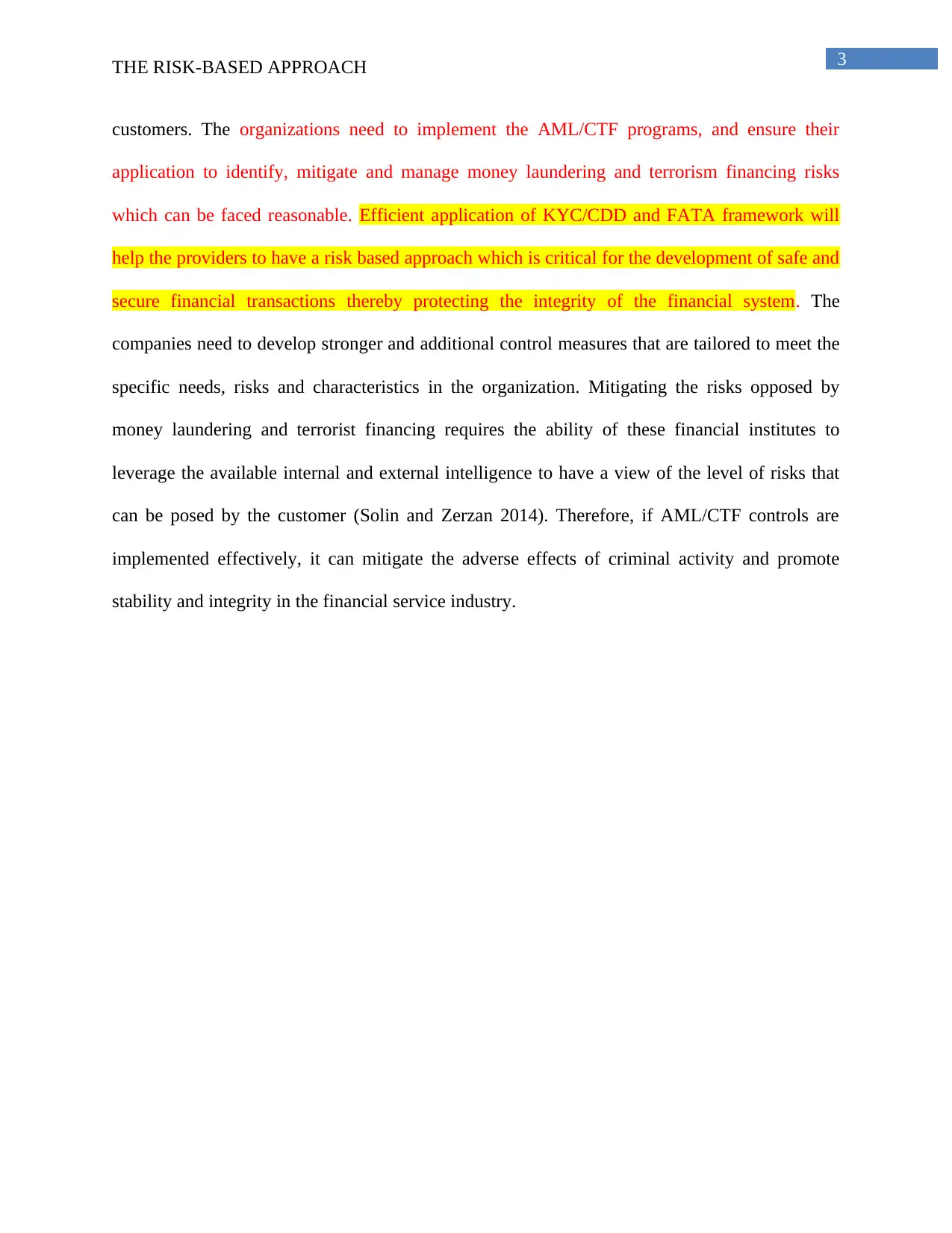
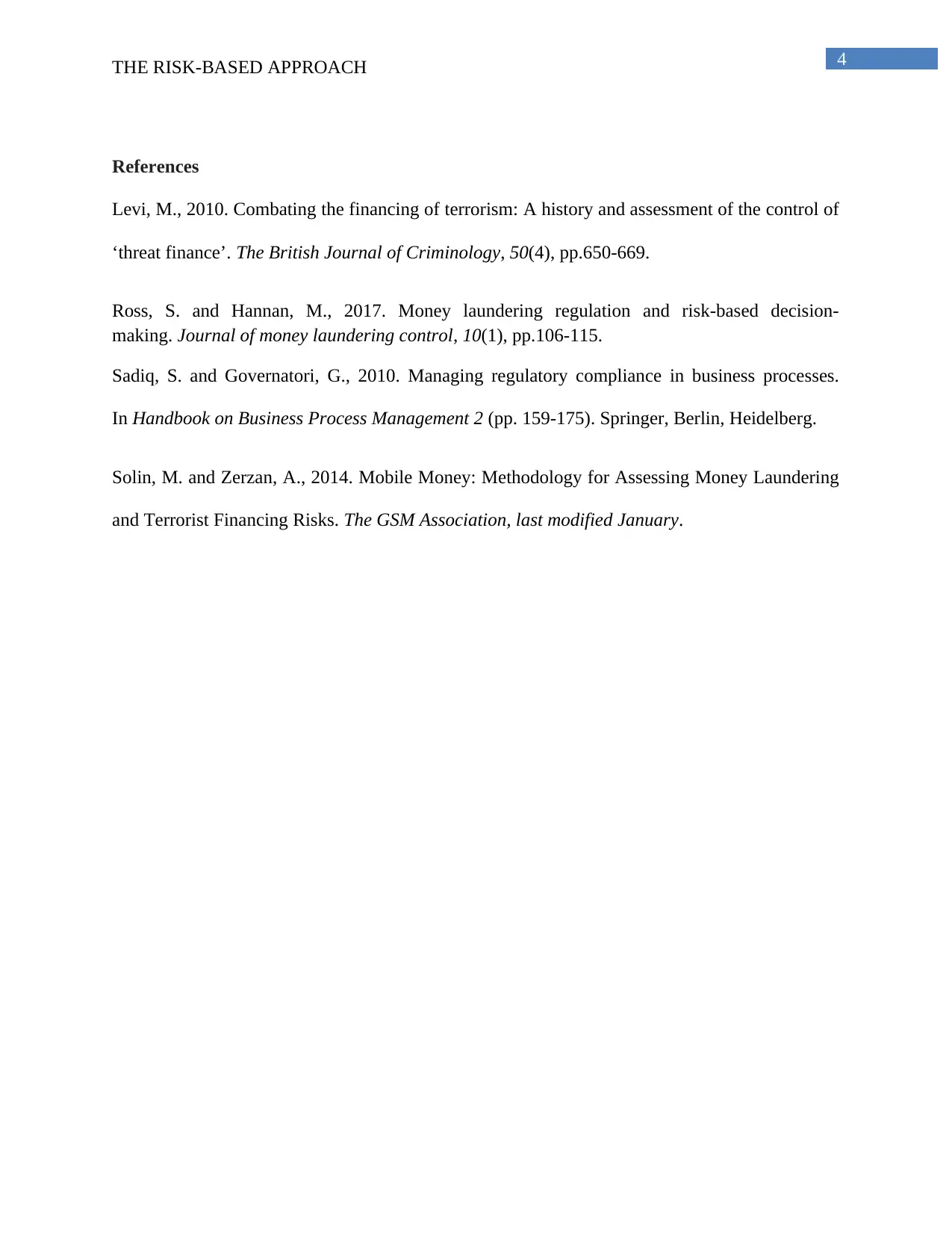






![[object Object]](/_next/static/media/star-bottom.7253800d.svg)